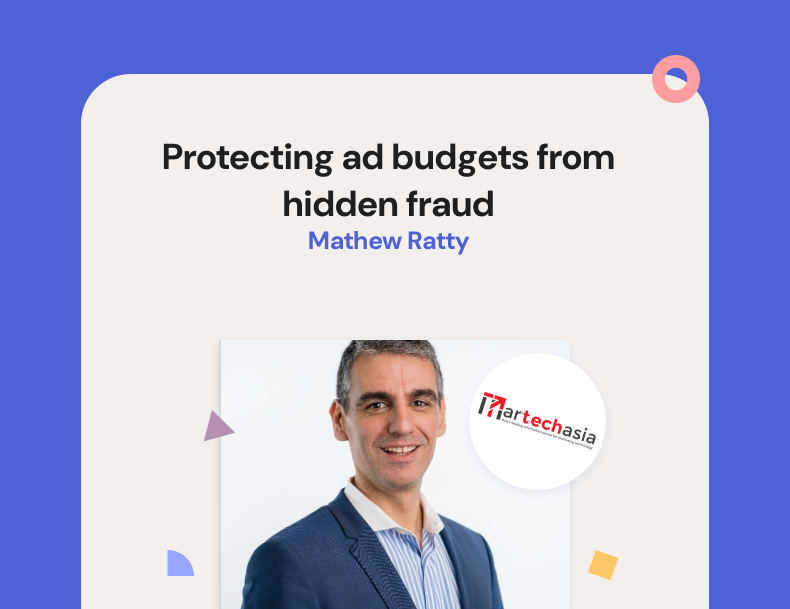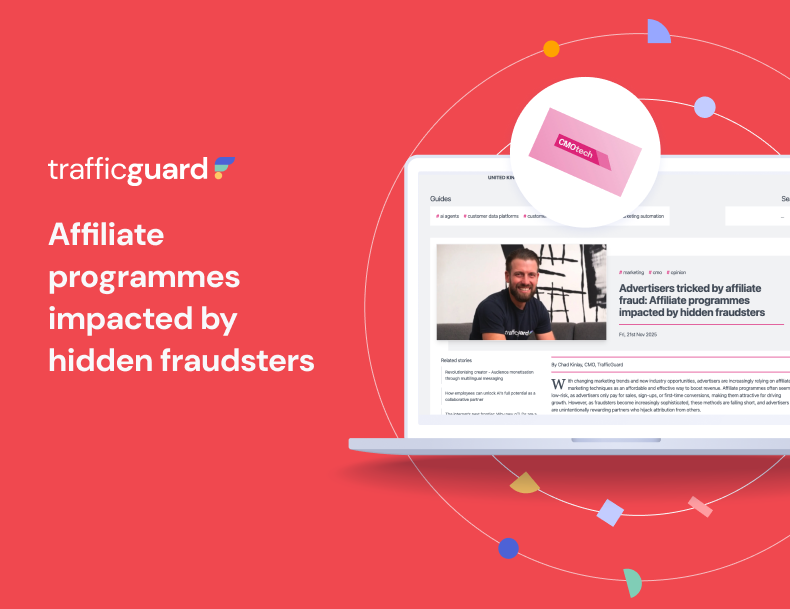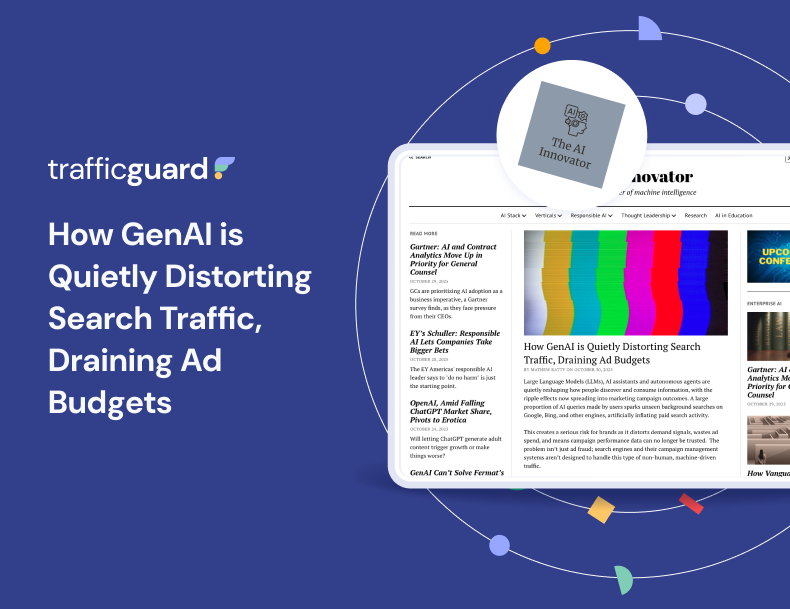The promise of AI marketing: Is Google’s PMax living up to the hype?

Google's Performance Max (PMax) promised a massive $20 billion enhancement in programmatic advertising efficiency through advanced AI-driven decision-making. However, it now presents marketers with a challenging dilemma, forcing them to trust the opaque algorithmic 'black box.' Campaign explores.
Google's unveiling of Performance Max (PMax) in 2021 appeared to offer marketers the ideal solution—the ability to enhance marketing efficiency, elevate performance, and yield superior returns on investment (ROI) across the platform's diverse array of channels, spanning YouTube, Search, Shopping, and Discovery.
The crux of PMax's commitment centred around Google's AI, entrusted with critical decisions ranging from bidding strategies to creative elements, search query alignment, and media environment choices. This innovation encouraged many marketers to explore online video experimentation, exemplified by endeavours like YouTube Shorts.
Nevertheless, like other AI and machine learning-driven advertising platforms, whether they originate from Google, The Trade Desk, Yahoo, or others, marketers are compelled to rely on the enigmatic 'black box' of algorithms. Depending on a 'black box' of algorithms necessitates prudent scepticism.
The inherent challenge with all such black box systems lies in marketers effectively surrendering control to the algorithms. In the case of PMax, where Google takes the reins across the board, it entails an even greater faith in the system's capabilities.
As the rise of generative AI start to influence programmatic media buying, Google recently announced more AI-powered ad products, including generative AI in PMax, enabling advertisers to develop creative assets and headlines through natural language conversations with AI.
Google plans to show AI-generated ad content across its platforms, testing AI-based search experiences like 'AI Snapshot' and providing AI-generated summaries and sponsored links in search results.
As Google hastily (Microsoft was first to market, with Google following swiftly suit inspite of existing issues with the PMax) adds generative AI to PMax, Campaign explores why it is essential to understand the genesis of ad fraud, and how marketers can have algorithmic transparency to truly make the most of their spending in their campaigns. More importantly, we dig into how marketers can make the most out of the PMax black box.
For the first part of the article, we speak to ad fraud platform TrafficGuard, which shares with us how PMax is performing for marketers. In the second part, we talk to Sapna Chadha, vice president for Google in Southeast Asia and South Asia Frontier, on how Google is fulfilling the promise of AI marketing in SEA.
Is PMax helping marketers?
An investigation by TrafficGuard reveals a disturbing trend of AI optimising to exploit, not empower, marketers.
In traditional programmatic, invalid traffic and click fraud occur daily, spanning search, mobile, and affiliate campaigns.
For example, in search, TrafficGuard has seen between 5% to 15% of search clicks come from bots seeking to exploit paid search campaigns to sign up or claim incentives within the ads, or worse, deliberately exhausting clients' search budgets as a "competitive" tactic. When addressing affiliate fraud, specifically for high-payout categories such as sports and sports-fantasy betting, as well as subscription and entertainment services, TrafficGuard has seen click fraud and affiliate cookie stuffing through malevolent browser extensions siphon away $100,000 of affiliate payouts per month, harming marketers and publishers.
When addressing affiliate fraud, specifically for high-payout categories such as sports and sports-fantasy betting, as well as subscription and entertainment services, TrafficGuard has seen click fraud and affiliate cookie stuffing through malevolent browser extensions siphon away $100,000 of affiliate payouts per month, harming marketers and publishers.
Mat Ratty, the chief executive officer of TrafficGuard, explains that limited granular reporting in PMax means that while marketers get broad campaign insights, they cannot see if display, search, video, or shopping ads drive clicks and conversions.
"This would be great if the world was perfect or you only spent money on Google channels—but marketing is complex, with multiple media partners in any one campaign, and we all know from experience that industry opacity can be exploited to the detriment of marketers and their budgets," Ratty tells Campaign.
"Marketers might not understand the factors influencing their campaigns' success without insight into how these algorithms operate. This lack of clarity can lead to misalignment between marketer goals and algorithm decisions."
Ratty says the most significant concern that the industry is grappling with is tackling ad fraud, as bad actors are shifting their focus from general programmatic fraud to targeting campaigns without insights. The recent supply chain study conducted by ANA demonstrates waste and inefficiencies in the existing programmatic supply chain, and PMax is no exception.
Limitations of PMax
There are genuine limitations of granular reporting in PMax, making it difficult for marketers to discern the specific channels driving clicks and conversions.
Google conveys that its machine learning comprehends value determinants, even if advertisers hold differing opinions, though they lack visibility into PMax's decision-making.
PMax prioritises conversions regardless of the channel, focusing on results rather than ad placement. This lack of granular data reporting means that inefficiencies and invalid traffic can creep in through all crevices of campaigns.
While up to 15% of search clicks come from bots, as mentioned above, not all instances of invalid traffic bear malicious intent.
For example, TrafficGuard concluded that 97% of a user's Google brand campaign ad budget was consumed by returning users just using Google as a front door to click on a paid ad to log in to their account.
"In the mobile domain, the figures we observe are even more disturbing, particularly concerning app install campaigns within sectors like car sharing and food delivery. Instances of fraudulent app installs have surged to alarming rates, reaching up to 50% and, for one client, the claimed clicks and installs exceeded the population of the targeted geography in a week!" says Ratty.
"We have observed on PMax, a mix of new fraud tactics and some of the same types of invalid traffic and fraud that we see across programmatic. Given that PMax and most AI systems assume positive user intent, invalid traffic in PMax campaigns comes because AI thinks every 'user' engagement is positive."
Ratty explains when bad actors exploit the AI's conclusion that every 'user' engagement is positive and creates fake intent signals, it can train the algorithm to optimise towards the source of the invalid traffic.
Suppose the AI optimises towards the source of the invalid traffic. In that case, it can result in wrongly optimised campaigns that divert and deplete advertising budgets by driving more fake engagement and conversion events.
"To be fair, this is not misconduct by Google or PMax. However, when AI optimises towards invalid traffic, budgets can be exploited when there is opacity and no real-time third-party oversight and intervention," says Ratty.
"PMax is simply a microcosm of what happens across the entire Internet. The challenge lies in marketers who employ AI buying systems without independent third-party auditing and analysis. They face the possibility of unknowingly running the risk that they will just be pumping money into a high-speed Ai-optimised invalid traffic infiltrated machine."
Read the full article 👉 The promise of AI marketing: Is Google’s PMax living up to the hype?
Get started - it's free
You can set up a TrafficGuard account in minutes, so we’ll be protecting your campaigns before you can say ‘sky-high ROI’.
At TrafficGuard, we’re committed to providing full visibility, real-time protection, and control over every click before it costs you. Our team of experts leads the way in ad fraud prevention, offering in-depth insights and innovative solutions to ensure your advertising spend delivers genuine value. We’re dedicated to helping you optimise ad performance, safeguard your ROI, and navigate the complexities of the digital advertising landscape.
Subscribe
Subscribe now to get all the latest news and insights on digital advertising, machine learning and ad fraud.







